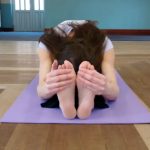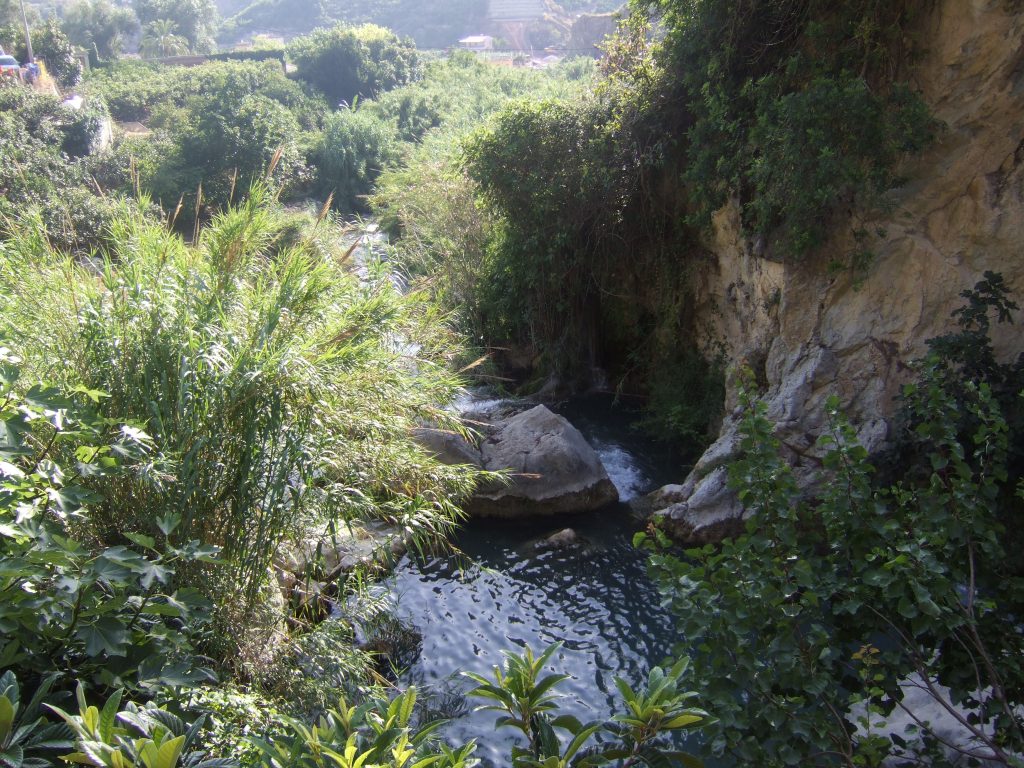Week two of our journey into the Prana Vayus has seen us working with Apana Vayu. This is the downward moving, grounding energy that is associated with the lower regions of our physical body and all forms of elimination. Physically we eliminate waste from the body and mentally, apana vayu encourages us to cleanse our minds by eliminating stale emotions, habits, behaviours, thoughts and ideas, opinions, and everything else that stems from the mind. This energy allows us to release and let go of emotions and behaviours that no longer serve us, cleansing us of old experiences and creating space for new ones.
 If this energy is unbalanced, there is a lack of integrity between the mind and the body and our immune system is weakened. We become vulnerable to illness, fear, doubt, confusion, insecurity, and loss of purpose. A strong and balanced apana vayu is grounding, it helps to banish feelings of spaciness, anxiety and stress, and encourages a stable outlook towards life.
If this energy is unbalanced, there is a lack of integrity between the mind and the body and our immune system is weakened. We become vulnerable to illness, fear, doubt, confusion, insecurity, and loss of purpose. A strong and balanced apana vayu is grounding, it helps to banish feelings of spaciness, anxiety and stress, and encourages a stable outlook towards life.
Because this is a downward flowing energy, when we work with apana vayu, our intention is to conserve this energy and keep it in the body through practices such as mula bandha, and the mobilisation of prana within the pelvis in postures such as dynamic baddha konasana.
Throughout our practice this week, we worked with Yoni Mudra, a powerful mudra, which draws energy down into the lower pelvis, legs and feet, where it assists in elimination and a healthy flow of apana vayu:
Bring each thumb tip together and each index finger tip together to form a diamond shape. Spread the fingers and place the hands, palms facing down, far down on the lower abdomen so that the thumbs are pointing upwards, just below the navel and the fingers are pointing downwards toward the groin. Relax the shoulders.
Allow the inhalation to be natural, and place your focus on the exhalation. As the breath slows down, begin to extend the exhalation to your maximum comfortable length. Maintain your focus on the exhalation, picturing or sensing or feeling the breath flowing downwards into the region of the pelvis. Imagine or sense the whole of the pelvic basin filling with cleansing energy. Practice for 5 minutes or more.
Practice yoni mudra whenever you feel a need to let go of anything from any part of you, physical, mental or physiological, and encourage apana vayu to cleanse you and release you of anything that no longer serves you.


 If this energy is unbalanced, there is a lack of integrity between the mind and the body and our immune system is weakened. We become vulnerable to illness, fear, doubt, confusion, insecurity, and loss of purpose. A strong and balanced apana vayu is grounding, it helps to banish feelings of spaciness, anxiety and stress, and encourages a stable outlook towards life.
If this energy is unbalanced, there is a lack of integrity between the mind and the body and our immune system is weakened. We become vulnerable to illness, fear, doubt, confusion, insecurity, and loss of purpose. A strong and balanced apana vayu is grounding, it helps to banish feelings of spaciness, anxiety and stress, and encourages a stable outlook towards life. external senses and our inner awareness. It allows us to see the external world and all its opportunities more clearly, and at the same time, this energy lets us rest our inner attention in contentment. An imbalance of this energy can lead to adopting bad habits and suffering from cravings, a restless and scattered mind and emotional conditions such as anxiety, depression, grief, bereavement and isolation.
external senses and our inner awareness. It allows us to see the external world and all its opportunities more clearly, and at the same time, this energy lets us rest our inner attention in contentment. An imbalance of this energy can lead to adopting bad habits and suffering from cravings, a restless and scattered mind and emotional conditions such as anxiety, depression, grief, bereavement and isolation.